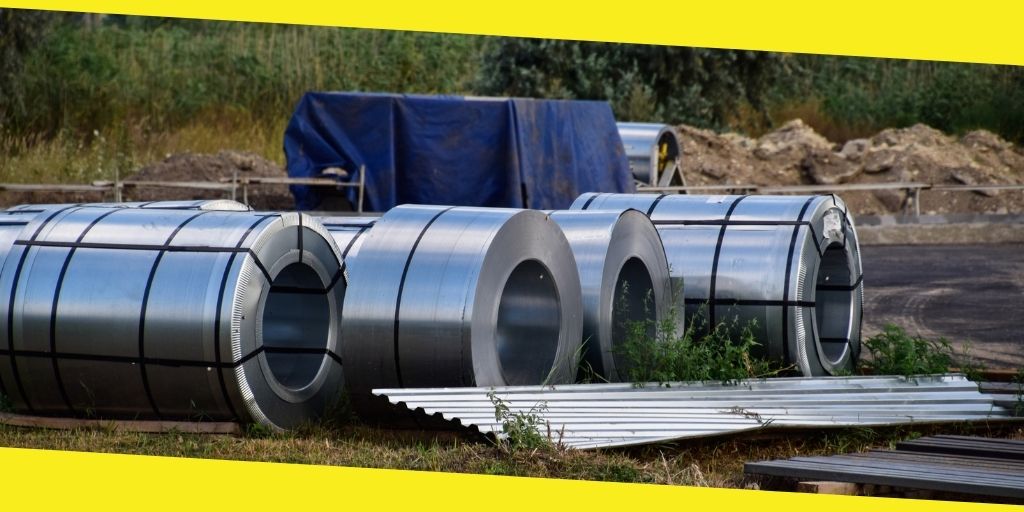
Sheet metal fabrication is a procedure of crafting metal sheets to the desired shape using various manufacturing techniques. The completion of the end product comprises numerous steps, including cutting, bending, surface treatment, and assembling.
Types of sheet metal fabrication
The process from sheet metal to metal products begins with CAD engineering. Once the models are made, each component goes through the required metal fabrication procedure. The common types of sheet metal fabrication include:
Laser cutting is one of the most preferred options for cutting sheets. A precise and quick cutting technique that guarantees excellent results. With thick materials, plasma cutting might be used due to its quickness. However, this benefit is only evident with a thickness of above 10mm. However, if you need quality cutting, you should go for laser cutting.
Shearing, also known as die cutting, refers to the procedure that cuts metals without melting or burning them. The method doesn’t produce any chips. Essentially, shearing is like cutting with scissors.
During the shearing process, a punch presses the metal against a blade or fixed die. The clearance between the metals doesn’t fit through. They are making it to shear. It’s a perfect and pocket-friendly technique to cut sheets into sizes when complex cuts are not required.
Punching is a method of making holes into a metal sheet. The metal punch hits the sheet, holding it. It’s ideal for large-scale production but pocket-friendly for smaller projects.
When dealing with actual engineering, there aren’t many metal parts that escape a sheet metal fabrication shop’s bending section. Press brakes ate used to fold the sheet metal parts. Maybe this is the hardest step in metal production due to the complexity of the bends. An experienced engineer must be familiar with the limitation of metal bending to produce items. Evans Manufacturing Co. can provide Lynnwood Sheet Metal Bending services to meet your needs.
Assembling is the penultimate or ultimate step when it comes to fabricating a product. Suppose welding is part of the assembling. The components must be clean, and then powder coating is done.
This is a procedure where an electrostatic powder is applied to a charged metal part. It’s the most preferred surface treatment technique where no unique prerequisites such as wear-heavy or acidic environment apply to the process.
Benefits of sheet metal
Flexible design options
Customers can express the demand for certain functionality, and sheet metal materials will leave space for various solutions.
Supports single prototype to volume production
Modern production techniques such as 3D printing offer fast lead times that are well-aligned with the need for prototyping. However, these techniques are restricted to prototyping only.
Sheet metal fabrication procedures are ideal for a gradual transition from large scale to prototyping production. This makes prototypes set the baseline and anticipation for large quantities by creating the needed infrastructure.